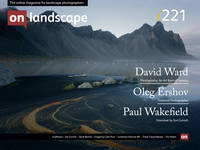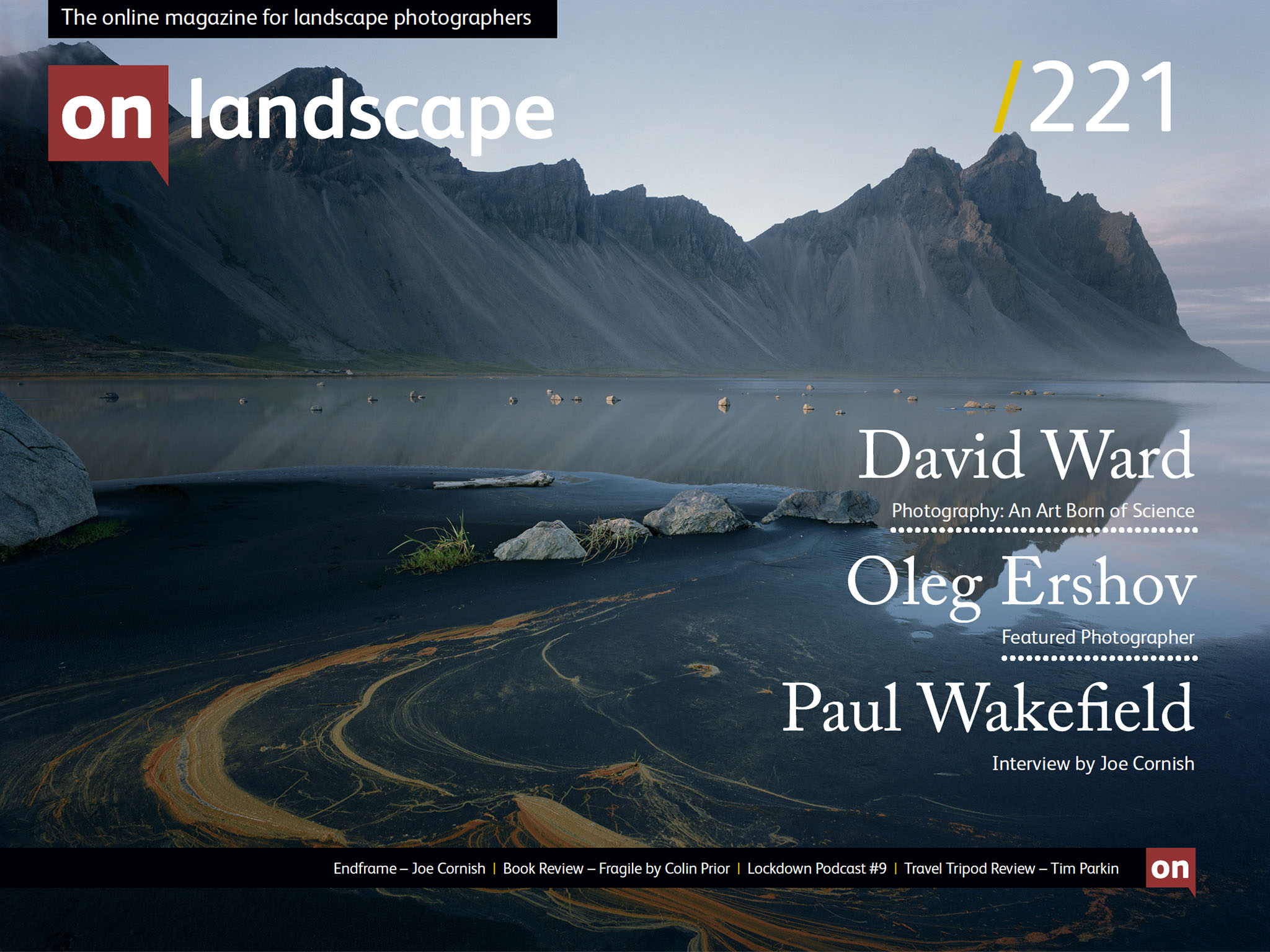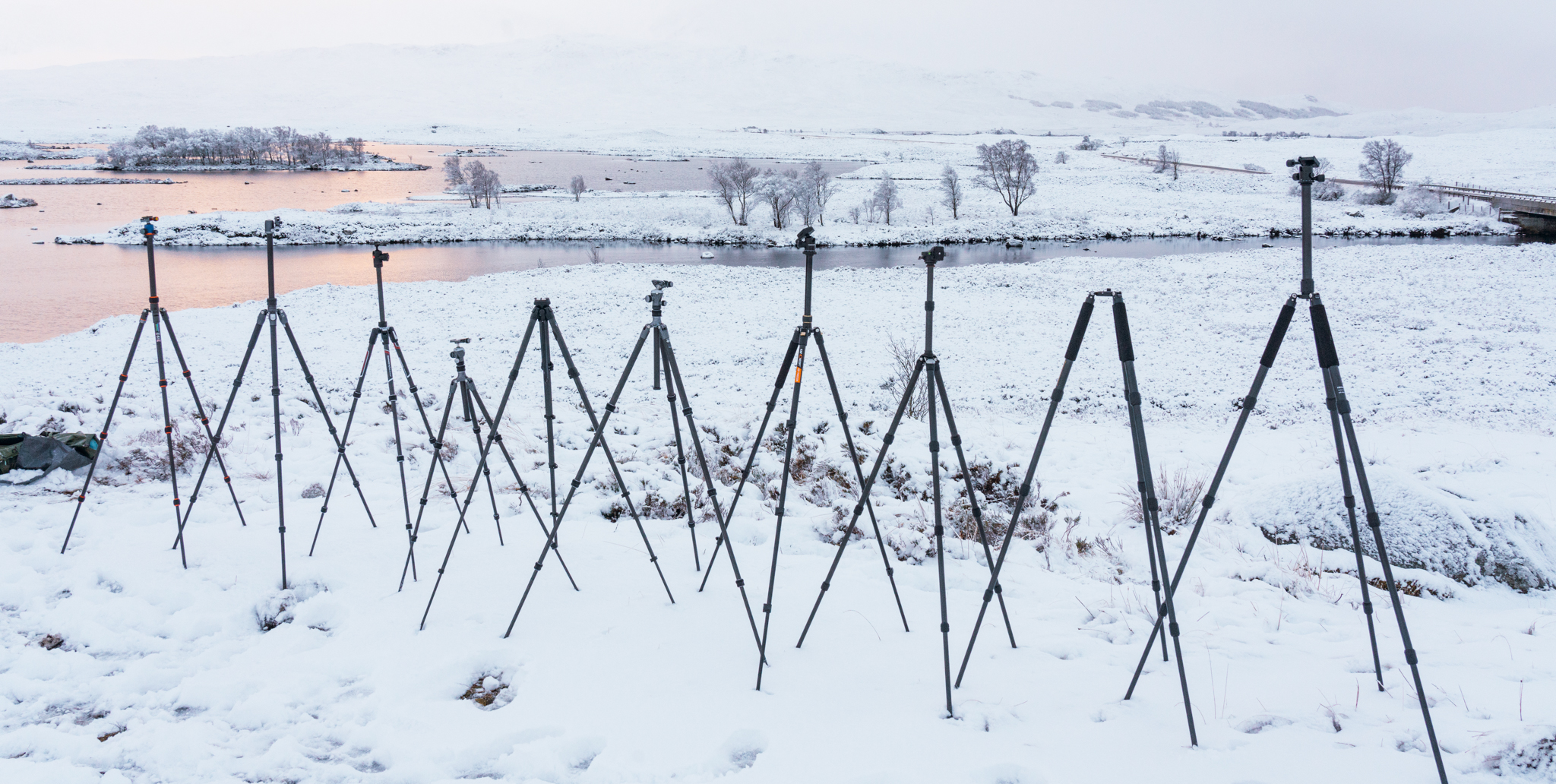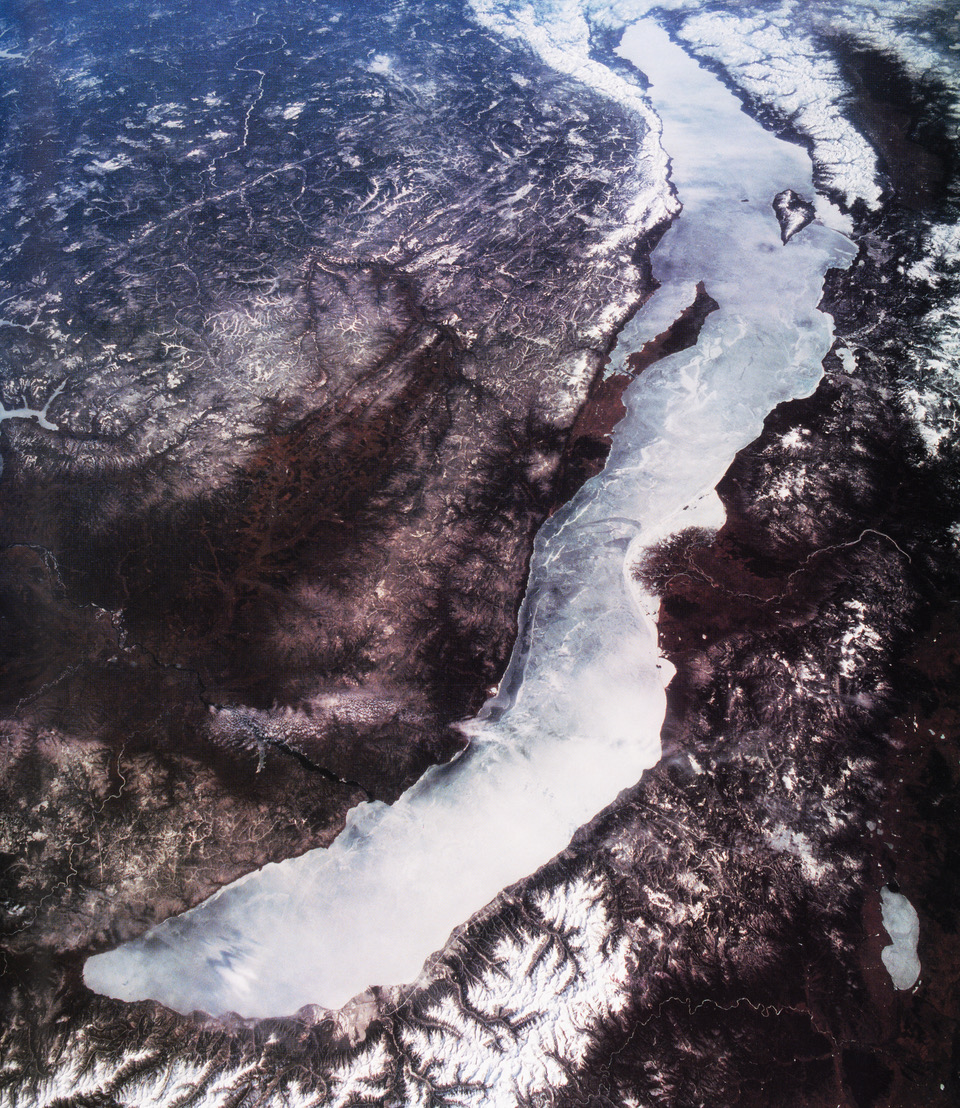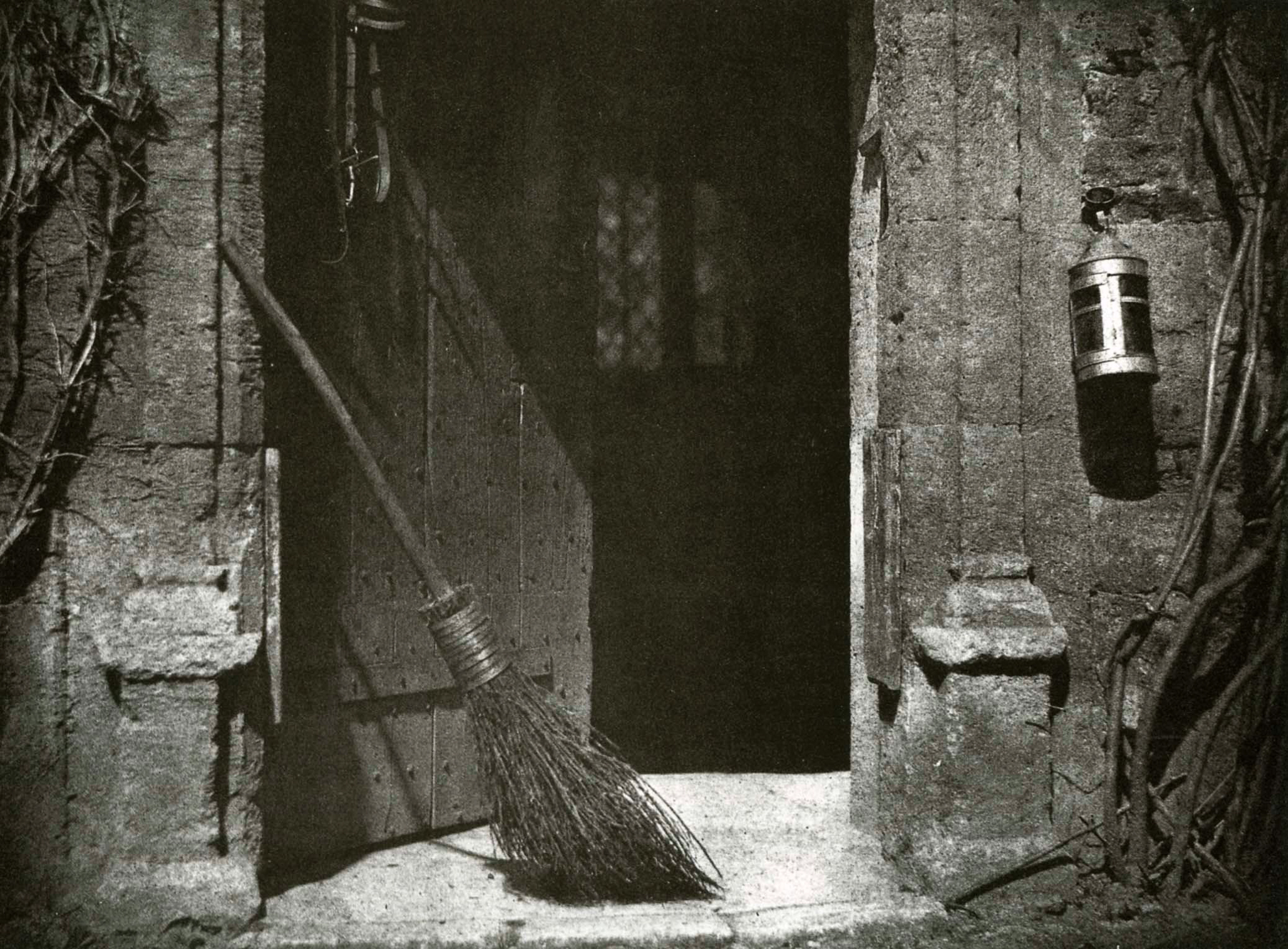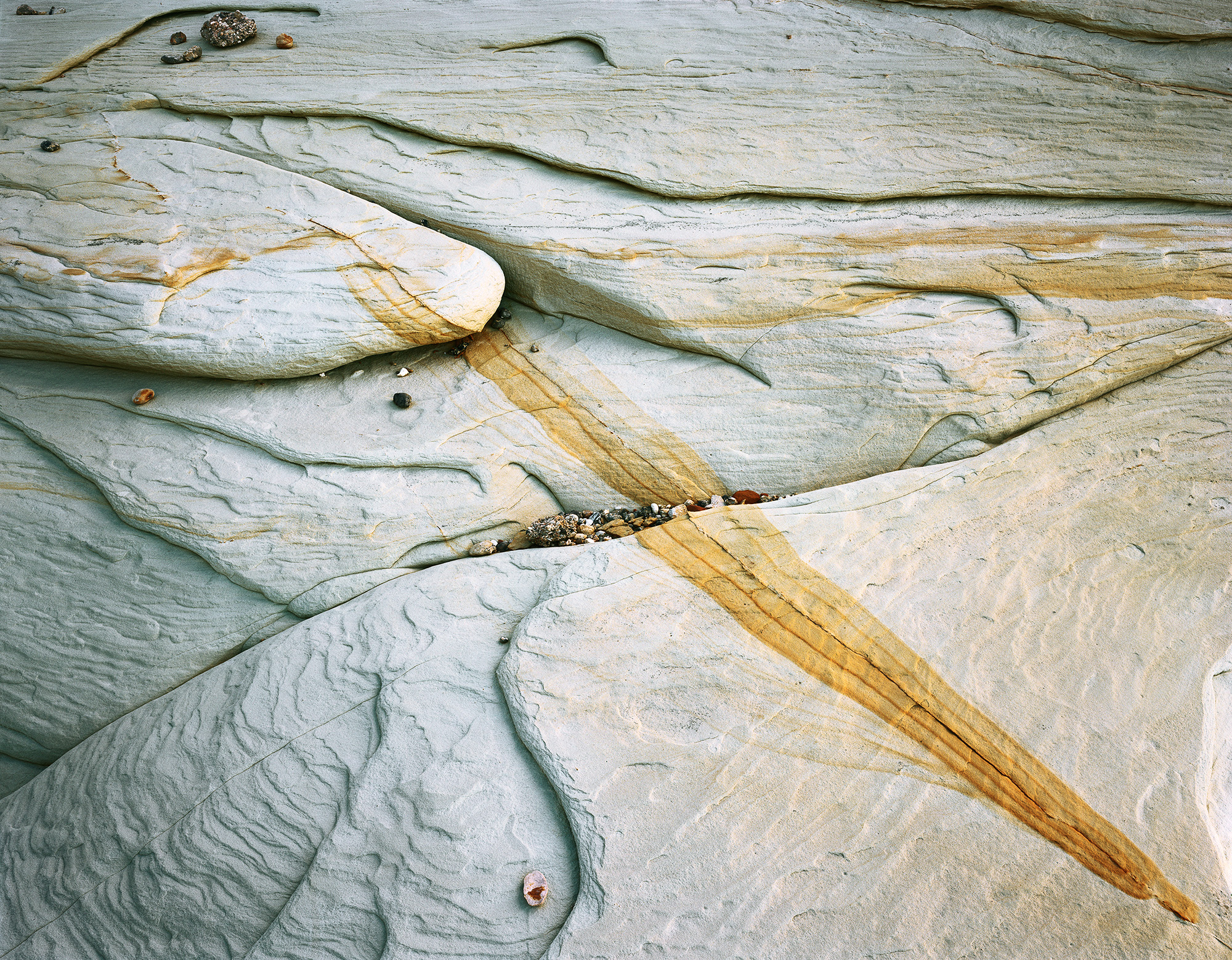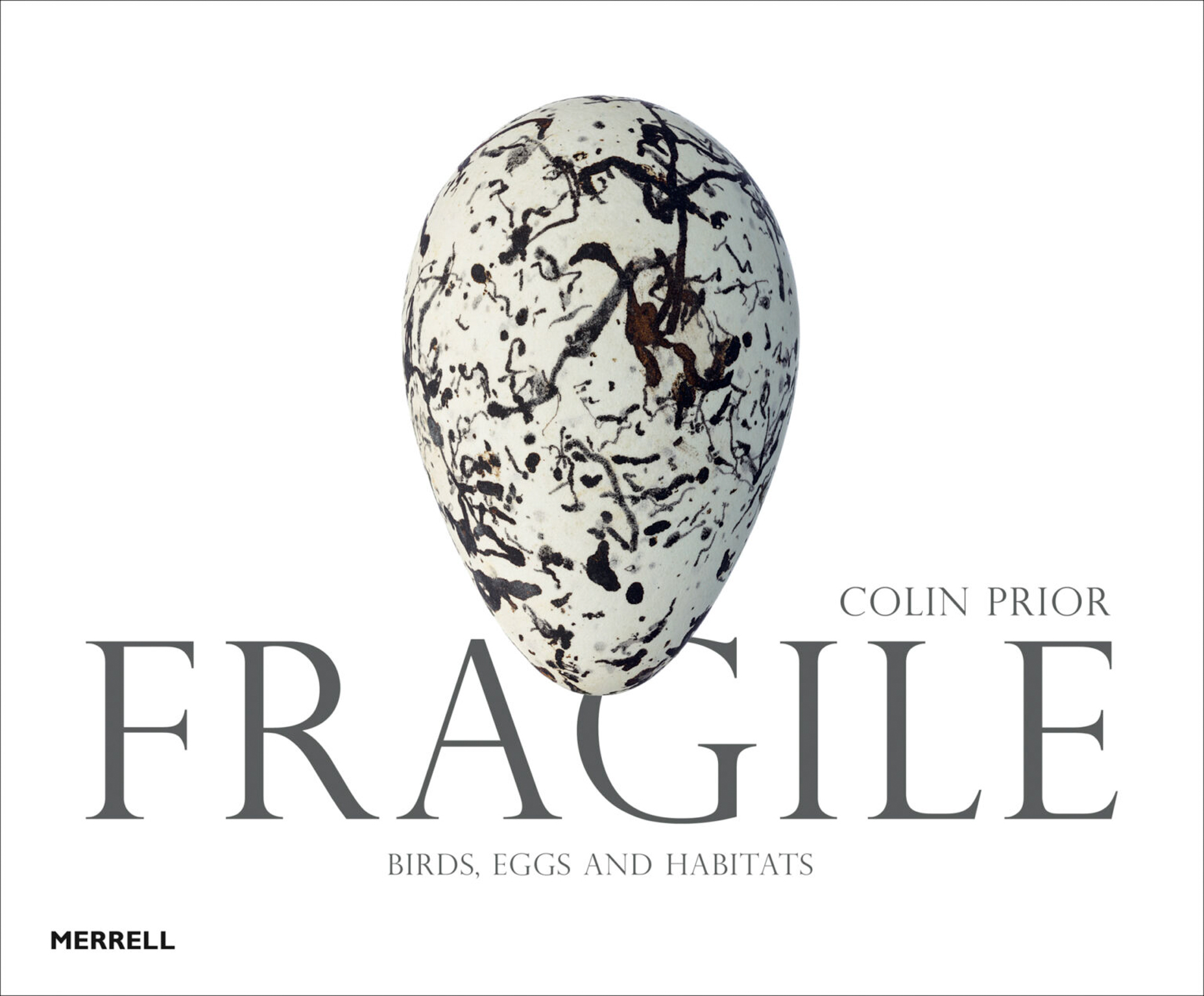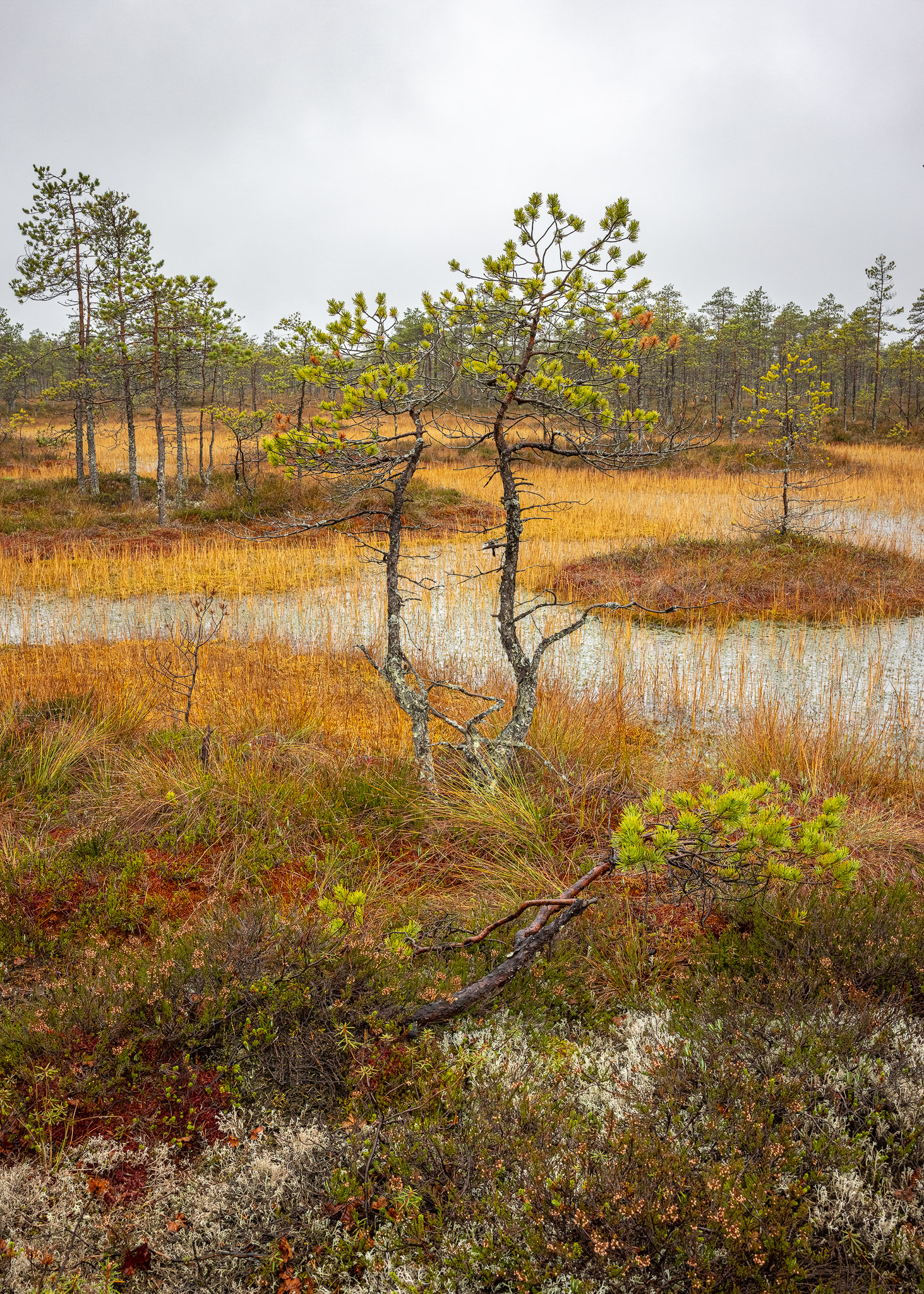sponsored by ..


Although my background is firmly in the liberal arts, I have been fascinated by science all my life. It’s long been a source of frustration and dismay that the apparent schism between arts and science, especially in traditional academia, remains to this day. At On Landscape articles are mostly focussed on stories of creative endeavour. But it is worth noting that our illustrious editor Tim Parkin has a PhD in electrical engineering. Tim has brought a scientific rigour to these pages, whether it is equipment testing, practical optics, or more recently art history as a source for composition. And many contributors to the writing and photography in On Landscape have either an academic or professional background in science.
When Tim and Charlotte invited me to guest edit this issue, I wanted to highlight the union of art and science, not the schism. Art is not woolly, unquantifiable emotion, as some commentators would have it. Reason, rationality, and repetition are all essential to the craft upon which all artists depend. Logic, discipline, process, experimentation, and evidence-based learning are also part of the artist’s experience. And scientists need creativity, lateral thought, fortuitous error, flights of fantasy, unexpected inspiration, and a sense of the bigger picture, to fully realise the potential of their work.
In this issue, David Ward’s monumental article gives a brilliant insight into the origins of photography, and how it functions as both science and art. It is also surely worth a year’s subscription to On Landscape on its own!
I met Oleg Ershov on a workshop many years ago, and have seen him on many more since. It’s great to be able to showcase his photography at On Landscape; many thanks to Michela for the fascinating interview with Oleg.
I have just received my copy of Colin Prior’s new book, Fragile, which Tim reviewed in this issue. I can only endorse Tim’s wholly positive view; it is a beautiful book visually and the concept is ground-breaking. Colin displays a mastery of still life to add to his global reputation as a mountain photographer.
Additionally, I have indulged myself with a fresh look at the work of Paul Wakefield whose wonderful photography has inspired me for over thirty years.
At the end of a year which has brought unimaginable changes for almost every human on planet Earth it’s a moment to look back, and to be grateful for simply surviving it, while we mourn the loss of many. As landscape photographers we have found a special solace in our practice in the outdoors, and the wider community has recognised their emotional dependence on contact with nature. If these realisations help us repair our broken relationship with the natural world, then 2020 may indeed prove to be the year the world changed…but perhaps in the longer term, for the better.
Landscape photographers continue to record the current appearances of the world with critical observation and curiosity, in a spirit of scientific inquiry. And we also interpret landscape for what we see as source of ideas and metaphor, as a creative endeavour, an artistic crucible for the imagination. Photography is a place that epitomises the fusion of science and art working in harmony.
Whether you are a new subscriber, or a seasoned OL veteran, Tim, Charlotte and I want to thank you for supporting On Landscape, and to wish you a wonderful Christmas, and a happy and healthy 2021.
Joe Cornish
Tim Parkin

Issue 221 PDF
Click here to download issue 221 (high quality, 125Mb) Click here to download issue 221 (smaller download, 75Mb) more

Travel Tripod Review
Over the last few weeks, I’ve been testing out a range of travel tripods. As with most of the testing we’ve done, it all starts with a personal question and ends up with me getting carried away. In this case, the personal ‘question’ came about because I wanted to go camping in the mountains and combine it with landscape photography. Typically the idea of lightweight camping is to get down to the minimum possible weight and still function safely and more

End Frame: Lake Baikal from Space by National Geographic and NASA
The majority of images within were shot from the Space Shuttle in the 1980s and ‘90s. There are some earlier ones from the Apollo programme as well. Most of the images are of the earth’s surface, with just a few concentrating on ionospheric meteorology, like auroras. more

Photography: An Art Born of Science
I have been fascinated by the gap between how I see and how the camera sees, by the gap between illusion and science. Like the prisoners in Plato’s Cave, I have stared at the flickering shadows and tried to divine what I can about reality. The tool I have chosen was, as I hope I have shown, forged in science. more

Lockdown Podcast #9
We return to the Lockdown Podcasts and in this instalment, Joe Cornish, David Ward and I discuss 'field practice'. By this I mean the way in which we go about finding images, what motivates us to go on a walk, what triggers our interest in a scene and how do we facilitate composing. more

Paul Wakefield
There is an inherent mystery and contradiction in Paul Wakefield’s work that keeps me returning to it. I will never be able to make pictures like Paul’s, nor should I try; perhaps the greatest lesson we can learn from another artist is authenticity, to simply be ourselves. more

Fragile by Colin Prior
What makes the project particularly interesting, and relevant, for us is that for each of the exquisitely captured photographs of bird eggs, there is an associated landscape photograph that represents the habitat in which the egg would be found and has been paired to also give an aesthetic complement more

Oleg Ershov
We have Guest Editor Joe Cornish to thank for pointing us in the direction of Russian photographer Oleg Ershov. more

